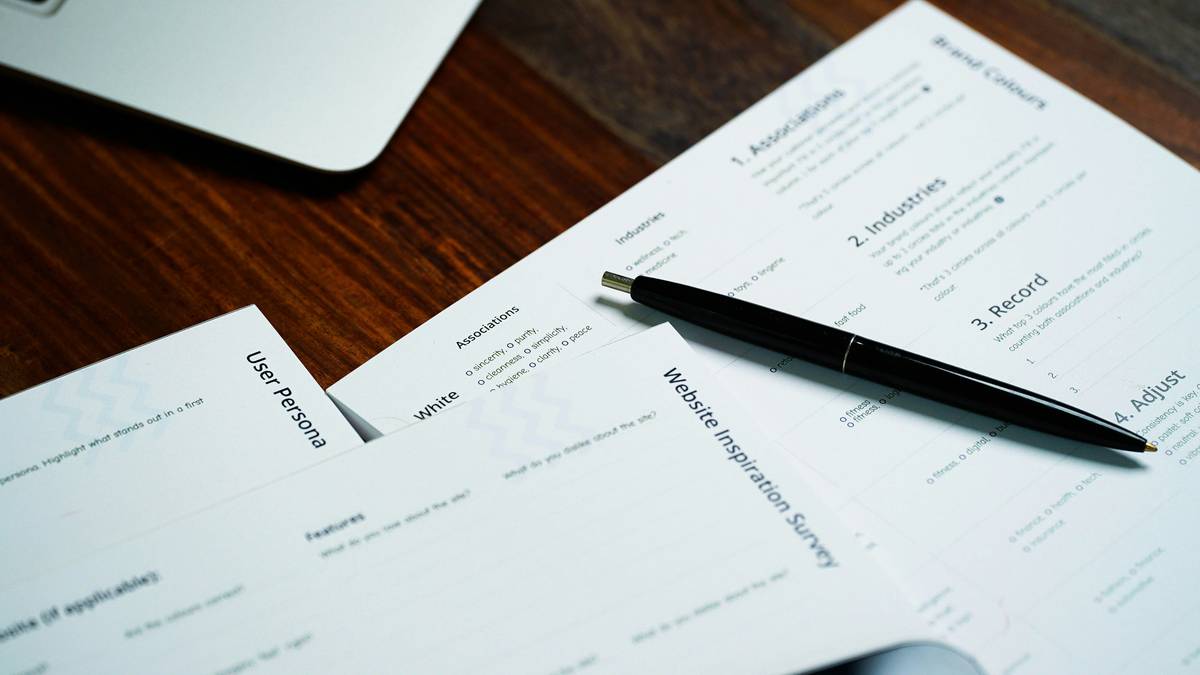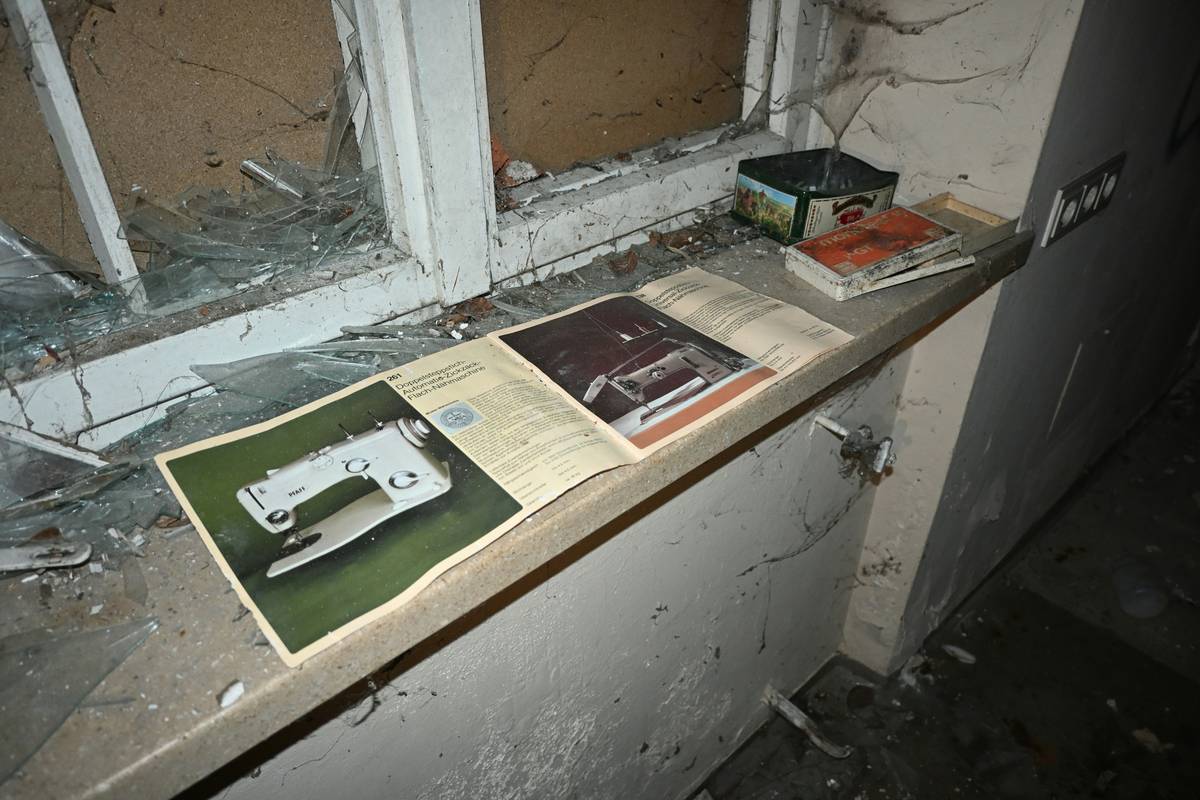Ever found yourself staring at your ransacked living room wondering, “What do I even do now?” You’re not alone. Thousands of homeowners face the aftermath of burglary every year—but how many actually know how to file a home claim correctly? Spoiler alert: Not enough.
In this ultimate home claim filing guide, we’ll walk you through everything from understanding why burglary insurance matters to mastering the steps for a stress-free claims process. By the end, you’ll feel like an expert (or at least less overwhelmed).
Table of Contents
- Why Burglary Insurance Matters
- Step-by-Step Home Claim Filing Process
- Tips for a Smooth Claim Submission
- Real-Life Examples of Successful Claims
- FAQs About Home Claim Filing
Key Takeaways
- Burglary insurance can save you thousands in replacement costs after a break-in.
- Filing a home claim requires documentation, patience, and attention to detail.
- Common mistakes include failing to document damages or waiting too long to report the incident.
- You CAN navigate the claims process without losing your sanity—this guide will show you how.
Why Burglary Insurance Matters
Imagine coming home to discover your prized possessions gone—your grandmother’s necklace, that flat-screen TV you saved up for months to buy, and all your electronics. Now imagine having no financial safety net because you skimped on burglary insurance. Ouch.
A shocking stat: According to the FBI, there were over 1 million burglaries reported nationwide last year. And guess what? Over 60% of those affected didn’t have adequate coverage. Don’t let that be you!
Burglary insurance isn’t just another expense; it’s peace of mind wrapped in a policy. It covers stolen items, damaged property due to forced entry, and sometimes even repairs if thieves caused destruction while breaking in. Without it, you might find yourself footing a bill bigger than your mortgage payment.

Step-by-Step Home Claim Filing Process
Step 1: Stay Calm and Call Authorities Immediately
“Optimist You:” “Stay calm! We’ve got this.”
“Grumpy You:” “Yeah, right—easier said than done when someone just emptied my drawers.”
The first thing to do is call the police. Document their visit, take notes during interviews, and get copies of any reports they file—these documents are crucial for your claim.
Step 2: Notify Your Insurance Provider ASAP
Most insurers require you to report incidents within 24-72 hours. Delaying could lead to rejected claims, which nobody wants. Gather your policy information, describe what happened briefly, and request specific instructions for submitting your claim.
Step 3: Document Everything
Photos, receipts, inventory lists—it’s time to channel your inner detective. Snap pictures of broken locks, missing valuables, or anything else related to the burglary. If possible, dig out old receipts or appraisals as proof of ownership.
Step 4: Submit Your Claim Form
Finally, fill out your insurer’s official claim form thoroughly. Be honest but thorough. Leaving fields blank or exaggerating losses could come back to bite you later.
Tips for a Smooth Claim Submission
1. Keep an Updated Home Inventory
This tip is chef’s kiss genius. Regularly update photos/videos of your belongings along with purchase dates and values. Apps like Sortly make cataloging easy-peasy.
2. Avoid Terrible Tip #1: DIY Repairs Before Approval
Don’t touch anything until the adjuster sees it. Fixing windows or cleaning up messes prematurely could hurt your claim validity. Wait for approval before making moves.
3. Vent About Claims Adjusters
Rant mode activated: Ever felt like claims adjusters exist only to deny payouts? Yep, me too. But remember, staying polite yet persistent works better than throwing tantrums.

Real-Life Examples of Successful Claims
Let’s talk success stories. One homeowner named Sarah had meticulous records of her jewelry collection, complete with professional appraisals. After a break-in, she submitted detailed evidence that led to full reimbursement within weeks. Moral of the story? Organization pays off—literally.
On the flip side, John ignored updating his inventory for years. Post-burglary chaos left him scrambling to prove ownership, resulting in partial compensation. Lesson learned: Stay proactive.

FAQs About Home Claim Filing
How Long Does It Take to Process a Home Claim?
Typically, 30 days but vary by case complexity. Rushing won’t help, so stay patient.
Do I Need Receipts for Every Item Stolen?
Nope, but alternatives like credit card statements or photos help bolster your case.
Can I Switch Insurers Mid-Claim?
Technically yes, but proceed carefully. Switching midstream complicates matters big-time.
Conclusion
You made it to the finish line! Armed with this ultimate home claim filing guide, navigating burglary insurance feels less daunting. Remember: Prevention beats panic. Invest in robust policies, maintain inventories, and lean into patience when disaster strikes.
And hey, here’s a little haiku for you:
Broken glass whispers, Claims adjuster sighs again. Hope restores balance.
Like a Tamagotchi, your claims knowledge needs daily nurturing. Stay sharp!


